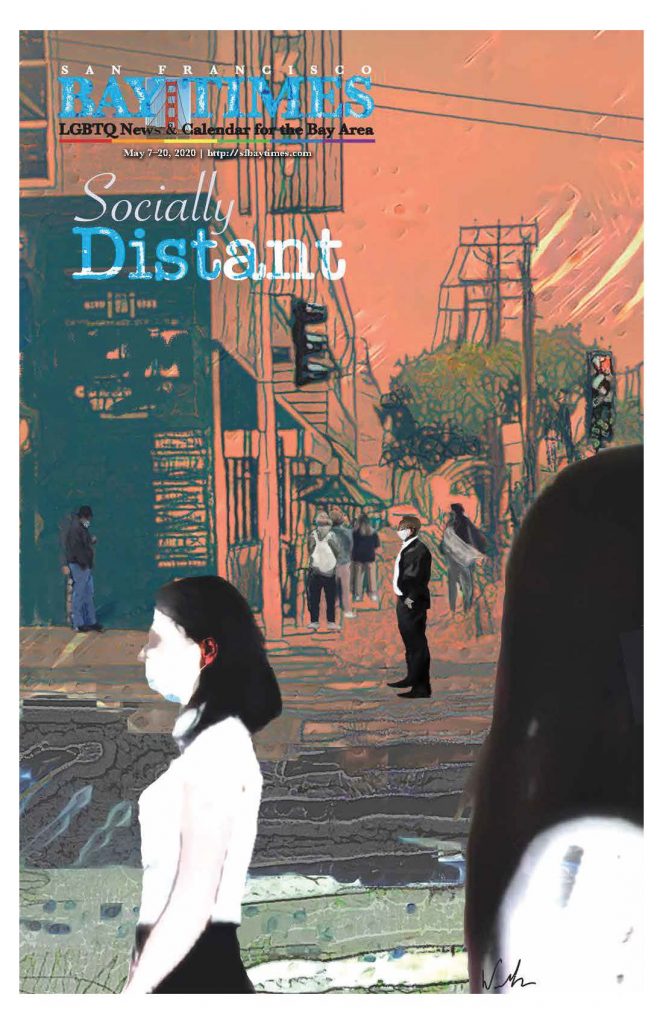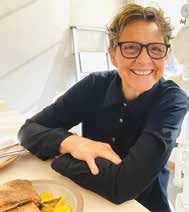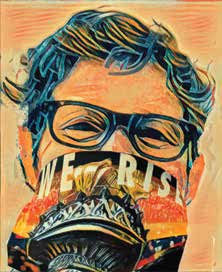
California Governor Gavin Newsom on May 4 announced that based on the state’s progress in meeting certain metrics tied to COVID-19 related indicators, the state on Friday, May 8, could begin to move into Stage 2 of modifying the stay at home order. Guidelines are to be released as we go to press today, May 7.
“Millions of Californians answered the call to stay home and thanks to them, we are in a position to begin moving into our next stage of modifying our stay at home order,” said Governor Newsom. “But make no mistake—this virus isn’t gone. It’s still dangerous and poses a significant public health risk. As we move into the next stage of reopening, we will do so with updated guidance to help qualifying businesses make modifications needed to lower the risk of COVID-19 exposure to customers and workers. Californians should prepare now for that second stage of reopening.”
San Francisco Mayor London Breed responded to the announcement by saying that she believes the city will “definitely work to achieve that goal and get to a better place.”
What’s in Early Stage 2
Stage 2 sectors include some retail, manufacturing, and logistics businesses, which will still have to undergo modifications to lower the risk of transmission. Businesses and employers in those sectors will be able to reopen as soon as Friday. Some examples include bookstores, clothing stores, florists, and sporting goods stores.
Other Stage 2 sectors, such as offices and dine-in restaurants, will be part of a later Stage 2 opening. The announcement for Friday does not include offices, seated dining at restaurants, shopping malls, or schools. As Governor Newsom noted last week, the state is working with school districts and the California education community to determine how best and safely to reopen. That continues to be the case, so the May 8 announcement does not move up this timeline.
While the state will be moving from Stage 1 to Stage 2, counties can choose to continue more restrictive measures in place based on their local conditions, and the state expects some counties to keep their more robust stay at home orders in place beyond May 8.
Regional Variation
The Governor also announced on Monday that while the state is moving into Stage 2 together, counties can move more quickly through Stage 2 if they attest that they meet the state’s readiness criteria. Counties must create and submit a readiness plan that the state will make publicly available.
The Governor signed an executive order directing the State Public Health Officer to establish criteria to determine whether and how, in light of local conditions, local health officers may implement public health measures less restrictive than the statewide public health directives. Counties must meet criteria including demonstrating they have a low prevalence of COVID-19, that they meet testing and contact tracing criteria, that their health care system is prepared in case they see a sudden rise in cases, and that they have plans in place to protect vulnerable populations.
Contact Tracing
Contact tracing enables the state to suppress the spread of the virus to avoid outbreaks and allows us to maintain our health care capacity and confidently modify the stay at home order. To work toward these goals, Governor Newsom announced a partnership with UCSF and UCLA to immediately begin training workers for a landmark contact tracing program that will help contain the ongoing COVID-19 pandemic while the state looks to modify the stay at home order. The partnership will include a virtual training academy for contact tracers. The first 20-hour training began on May 6 with the goal of training 20,000 individuals in two months.
For updates specific to San Francisco, go to: https://sf.gov/topics/coronavirus-covid-19

Artist Debra Walker, who was appointed by Mayor London Breed to the San Francisco Arts Commission in March, created this issue’s cover, which captures the “social distancing” aspect of the coronavirus pandemic. The required need to maintain space between people when outside of the home has been especially challenging for those of us in a populous city like San Francisco, which is in the Top 25 (placing #21) of the most dense cities in the U.S. (Population density seems to be correlated to COVID-19 prevalence, with many of the densest cities in both the U.S. and throughout the world tending to have higher caseloads.)

Walker—whose striking images have been displayed at SFO, in office buildings, restaurants, galleries, and more—is known for her distinctive urban landscapes. The work featured on the San Francisco Bay Times cover is unique among those pieces in that it melds such a landscape with human figures. Edward Hopper’s memorable Nighthawks (1942) comes to mind, as both works capture an isolating human stillness that seems at odds with unmistakable cityscapes.
Shown here in a new self-portrait as well as in a recent photo, Walker was born in Omaha, Nebraska. She completed fine arts studies at UCLA before attending UC Berkeley and making her way to San Francisco. Trivia: One of her works, Chair, is featured in the 1993 movie Mrs. Doubtfire starring the late great Robin Williams.
Her work is now featured in a virtual exhibit from Live Worms Gallery: https://bit.ly/2zfYjJX
For more information: http://www.debrawalker.com/
Published on May 7, 2020
Recent Comments